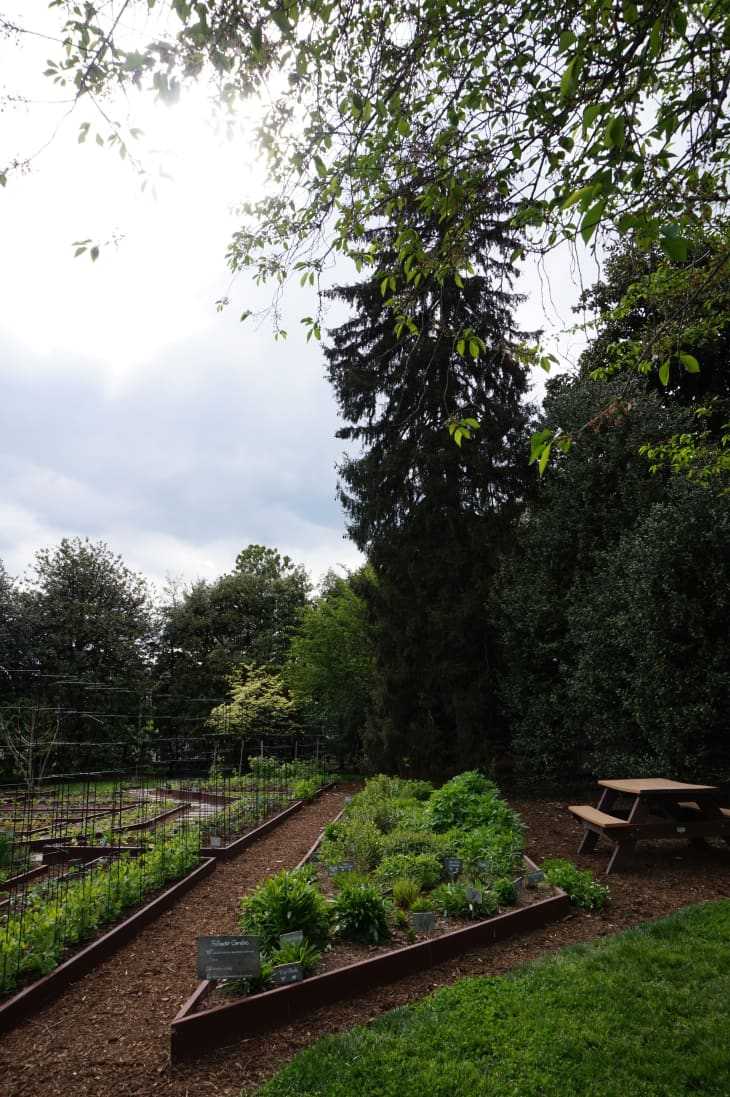All We Are Saying, Is Give Bees A Chance: How To Grow a Pollinator Garden
Red Fox
We’re probably not the first to tell you that bees have been disappearing from their hives, never to return, at alarming rates. Colony Collapse Disorder has been an issue here in the US since the 1990s and it’s now occurring all around the world. Among the super-bummer factors believed to be causing CCD is habitat loss. While this is a really large scale issue, there are a few things the average gardener can do to help out.
Bees help pollinate all sorts of fruits and plants from apples and okra to cotton and beans. Some plants are reliant on bee pollination, while some yield larger crops because of it. No matter how you swing it, bees are important and CCD is real. So what can we do about it? The simplest thing we can do is be mindful of existing habitats and help to create new ones.

The White House Pollinator Garden
You can create a happy bee habitat by planting a pollinator garden. This spring the White House added its very own pollinator garden next to their vegetable garden to call attention to CCD and other the disappearing pollinators that impact our food chain. Our White House Garden Tour includes a list of the pollinator-friendly plants that are thriving there.
When planning your garden always try to choose plants native to your area. Not only will they require less watering, they’ll be better fits for the bees who’ve already adapted to the variety. Plant Native is an excellent reference for learning what plants are native to your state.
Bees love color. They are attracted to purple, yellow, white, orange, and blue flowers. Yellow Hyssop, Columbine, and various Milkweed plants are a few examples of native, colorful, bee-friendly flowers.
Bees love sweet smelling flowers. Lilac, Sweet Alyssum, Wisteria, Sweet Peas, and Lily of the Valley are a few examples of sweet-smelling flowers found in many regions across the United States.
Bees love to indulge. Plant an abundant grouping of each species so bees have a greater opportunity to gather the pollen they need.
Bees love variety. Plant as many varieties of native, colorful, sweet-smelling flowers as you can. An abundance of pollen and nectar will keep bees happy, and buzzing in your garden all summer long.
Bees love weeds. If a dandelion or two pop up in your garden or yard, let them grow. If neighbors complain, take the opportunity to educate them on Colony Collapse Disorder. Who knows, maybe they’ll be prompted to help!
Lastly, if you want to help but don’t have space to create a habitat, get involved by supporting legislation that is favorable to beekeeping.
What are some of your tips for creating a pollinator-friendly habitat around your home?
Your comment